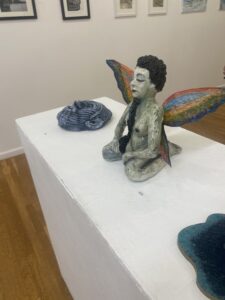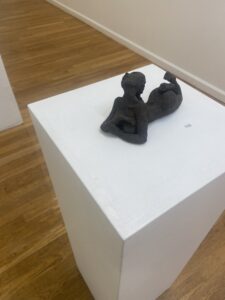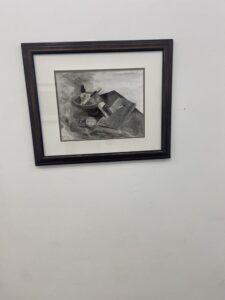The art lab was an interactive experience that was breathtaking throughout the process. For instance, before entering the art lab studio facility, you must enter the grounds of the Staten Island botanical garden which was blossoming and full of life. As I waited for Gaby to find parking which admittedly was a challenge, I wandered around the garden and admired all that nature had to offer. I especially enjoyed the 9/11 memorial they included, as though they meant to show thanks to the brave souls who sacrificed their lives for us and that it was not in vain as with the loss of their lives we commemorate it with the beginning of another by planting this garden as a memorial.
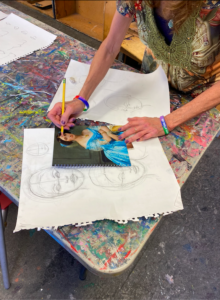
When I entered the art lab I was greeted by very friendly and welcoming volunteers who were students from the College of Staten Island, therefore I was pleasantly surprised by how much opportunity this experience grants to others looking to volunteer. Also, considering that the art lab is free, the community service is spectacular as it requires no funds but only asks for artists on the island to come together to use their talents to inspire others. In fact, as I wandered the halls and studios of the art lab, one artist in particular invited me to her studio. There she gave me a tour of her work and took me through the step-by-step process of how to draw realistic sketches. She was obviously very passionate and kind-hearted. She even gave me her email to reach out to if I wanted to see a larger studio filled with more of her work or if I wanted her to teach me more in-depth how to draw and paint which I thought was very generous.
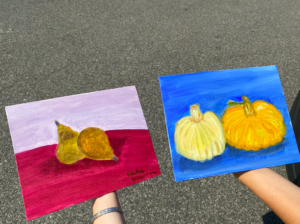
Moments later I met up with the rest of the Macaulay group that also decided to come to the art lab. We then decided to enter another artist’s studio which gave us the amazing opportunity to paint fruits from life. We crowded in her studio each with a few paints, brushes, and canvases and much artist freedom. None of us were particularly talented, therefore, we were able to let ourselves go and make fun of ourselves without fear of judgment as we were all very supportive. As we created art on the canvases, art and beauty took life in the studio as our energy flourished. Art imitates life and in that moment, we became both the creators and the creation. Our paintings, though imitating the same piece, were starkly unique to each other, they were all an equal reflection of the joy and pure bliss experienced in that moment.














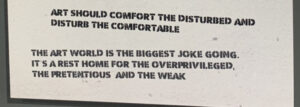

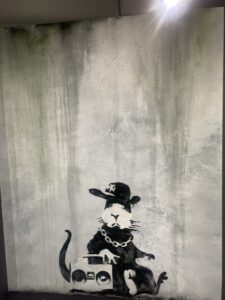
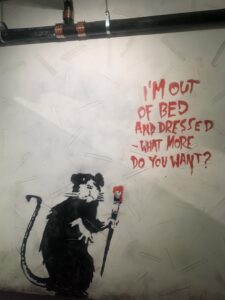
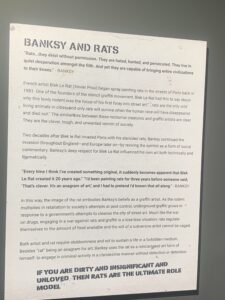
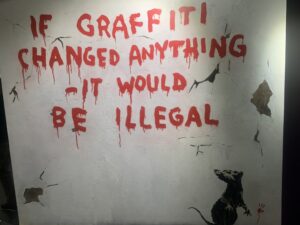

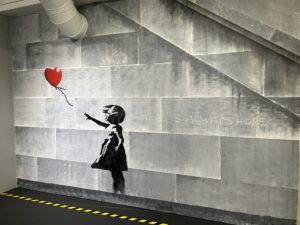
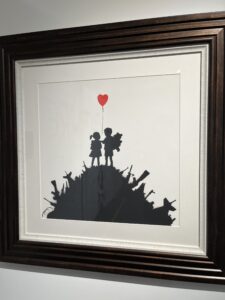
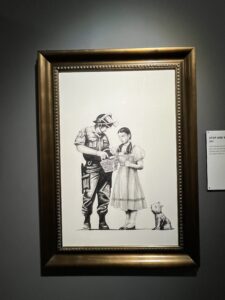
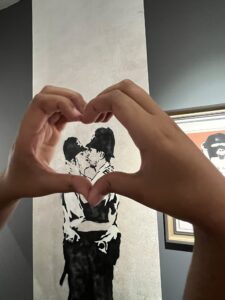

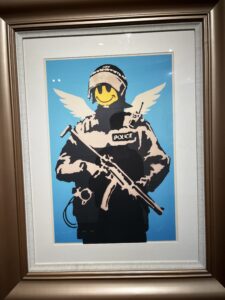


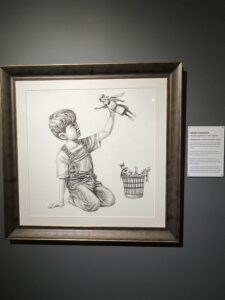
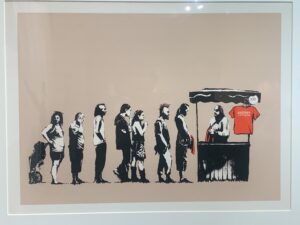
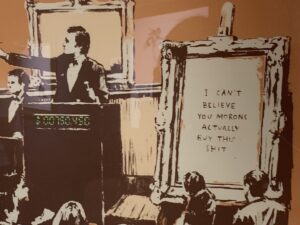


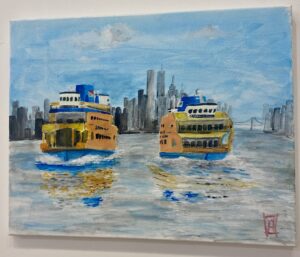





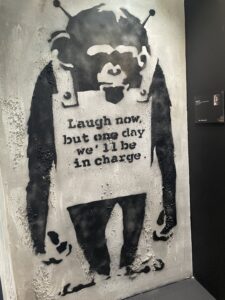
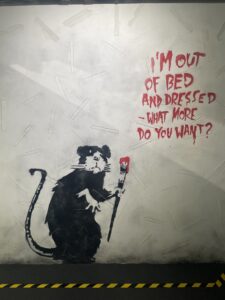 All in all, the Banksy exhibit is definitely my favorite museum of the few I’ve been to, Banksy is just an average guy, not like these artists who make millions and their art has little meaning, it is just sold for the value of the meaning, and he does not encourage his work to be sold as he is strongly against capitalism.
All in all, the Banksy exhibit is definitely my favorite museum of the few I’ve been to, Banksy is just an average guy, not like these artists who make millions and their art has little meaning, it is just sold for the value of the meaning, and he does not encourage his work to be sold as he is strongly against capitalism.
